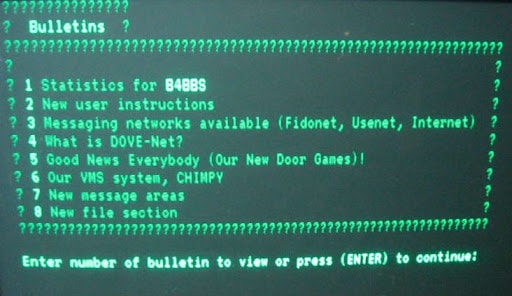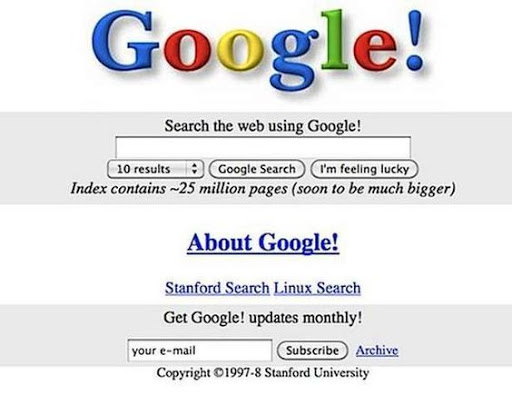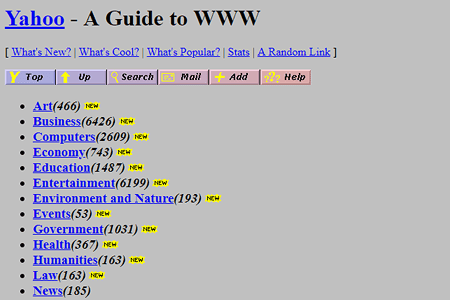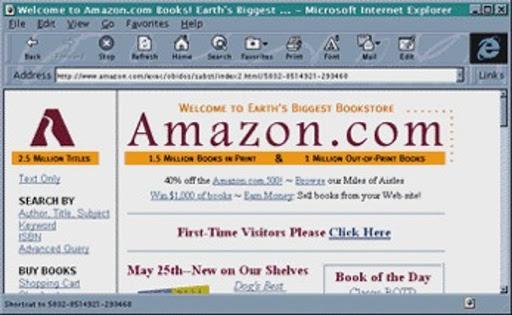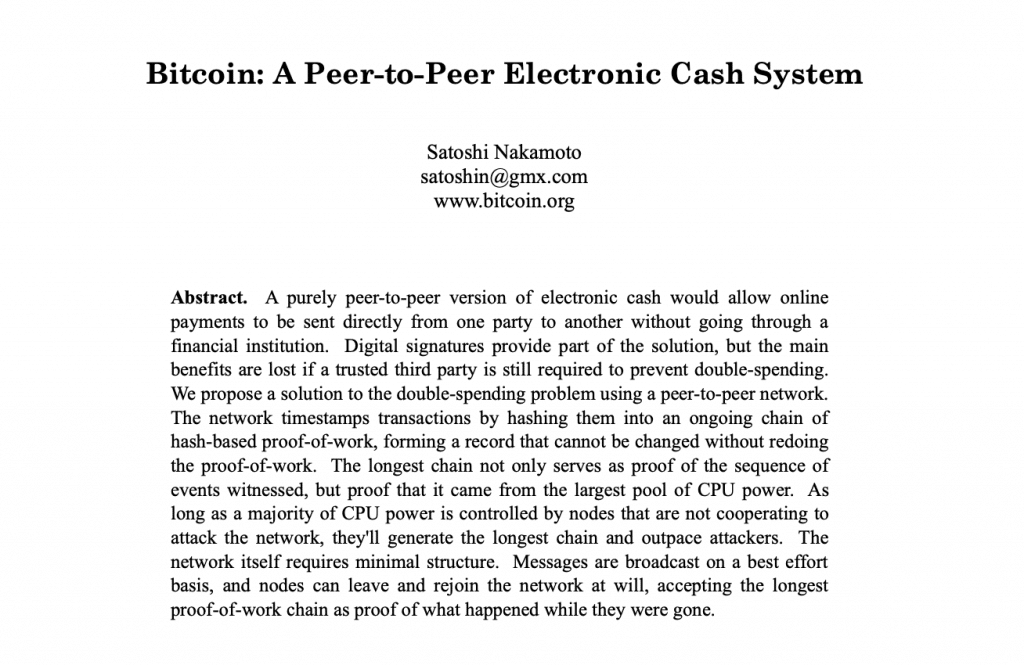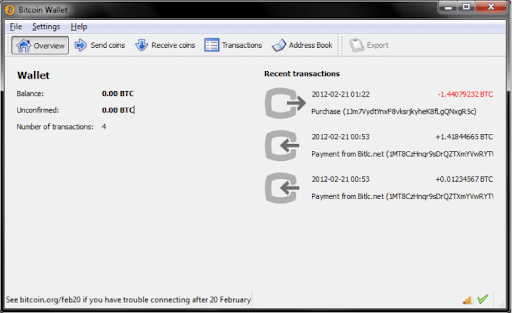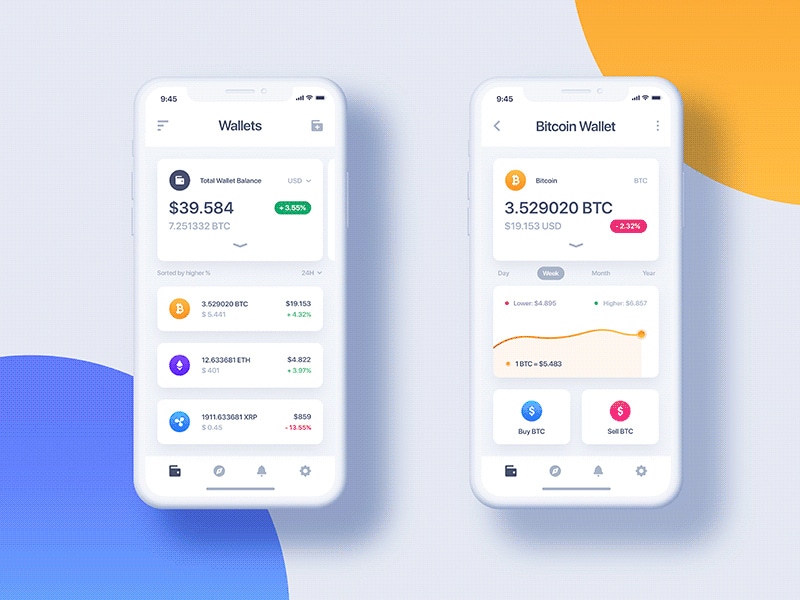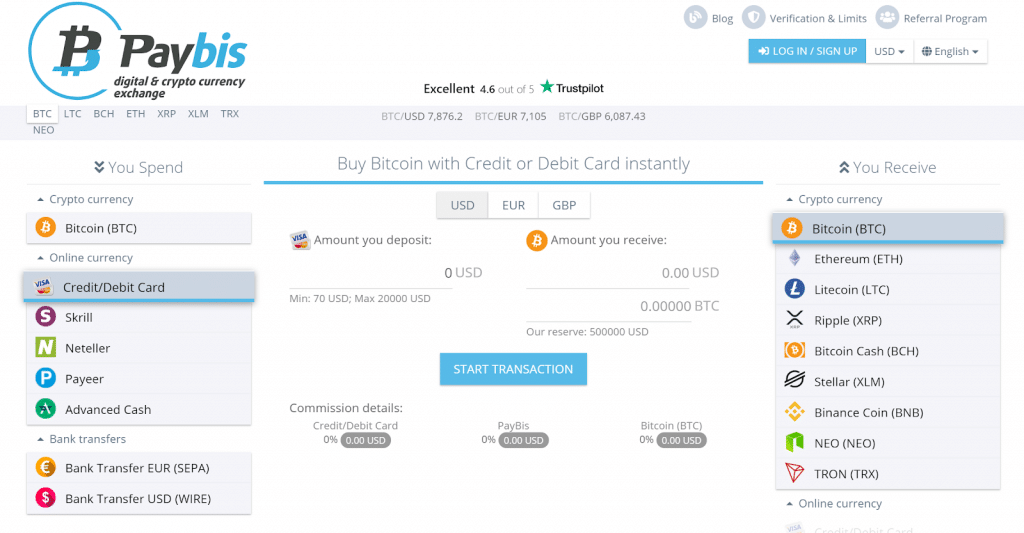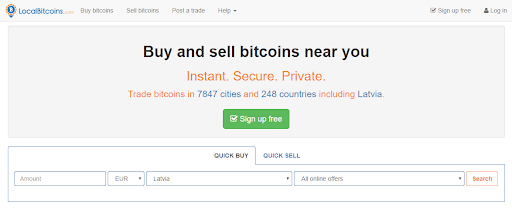The Web & Bitcoin – How it all Started
The Internet came to existence around half a century ago. The first example of it was ARPANET, also known as the Advanced Research Projects Agency Network, created by the US Department of Defense.
It was during the late 1960’s that it finally became possible for multiple computers to connect to a single network and communicate with one another.
It’s safe to say that the interface was not designed to please the average consumer:
It’s safe to say that an internet user of the 1960’s needed:
- Advanced technical knowledge and
- Curiosity/Passion in the subject
Although the internet wasn’t very aesthetically pleasing at the time, it quickly became obvious that this technology would change the world.
Navigation of Contents
The Evolution of the Internet
From those early ARPANET days, it took more than twenty years for the internet to become easier to use by the average consumer and drive “mainstream adoption”.
Compared to our current experience, the internet of the ’90s was still very complicated in its use and by all means limited.
You had websites that looked ugly, long loading times, and that screeching sound that you needed to listen every single time you wanted to connect to the web:
Remember that? I still remember how angry I was when my mom had to use the phone. It was either one or the other at that time.
Since we are having a 90’s throwback, let’s check some iconic company websites from that time as well:
Early days of Google:
Early days of Yahoo:
Early days of Amazon:
Early internet users weren’t the only ones who didn’t really get the concept. Plenty of people just saw it as a temporary trend and a confusing technology.
Reminds you of something?
The Evolution of the Bitcoin
Bitcoin was created a little more than 10 years ago and was the very first decentralized, immutable ledger that the world had ever seen.
It all started with a 9-page whitepaper:
Slowly but steadily, the concept increased in popularity and more people saw the benefits in this new and exciting technological revolution.
The first Bitcoin users had certain characteristics in common. They were all:
- Technically skilled in cryptography, and
- Curious/passionate in the subject of peer-to-peer money systems
In order to use this new exciting technology, which at the time was limited to Bitcoin, you had to accept the limitations of an unfriendly interface:
Just like the first edition of the internet, so with Bitcoin, it was really difficult for the average Joe to understand and use Bitcoin in an intuitive manner.
As Bitcoin grew in popularity, however, consumer-oriented applications and interfaces started to arise. This is where crypto is at the moment.
Using Bitcoin in your daily life is a lot easier than it was 5 years ago. There are companies like Coinbase, Paybis, and LocalBitcoins that make purchasing cryptocurrencies relatively easy for all users. However, it’s still very early in its development.
Here are some of today’s popular interfaces:
Coinbase:
Paybis:
LocalBitcoins:
The interfaces of today are a lot easier to understand and look a lot better than when Bitcoin started in 2009 when the only option to buy some Bitcoins were on the dark web.
Nevertheless, we have a long way to go when it comes to user experience. When our grandmothers will be able to buy & sell Bitcoin – that’s when it will be as simple as it should be.
The future of Bitcoin
In the next two decades, the blockchain space should see the same progress as the internet saw from the 90’s until now. The current state of Bitcoin wallets will seem laughable.
We will look back and finally understand what took Bitcoin so long to reach mainstream adoption.
A comparison that often comes to mind is that of IP addresses and digital wallet addresses.
When the internet first started, you had to type in the IP address of a website to find it on the web. It was confusing, hard to remember and very complicated.
Eventually, however, a long string of numbers transformed into what websites are today (209.191.122.70 became www.yahoo.com). This development made “surfing the web” a lot easier. It made internet usage more efficient and user-friendly.
Eventually, the same will happen to Bitcoin wallets. Today, if you want to cash out Bitcoin, you have to copy/paste a long alphanumeric code (ex: 1A1pR7eP6cGnik2FEtrfTL5SLmv7CrtpNi). This is confusing and even scary, as writing the address wrong could lead to a loss of funds.
Eventually, Bitcoin wallet addresses will look like domain names. Simple, short and catchy, making it easy to send Bitcoin without having to go through each character of an address just to make sure.
Which brings us to the focus point of this article — it would be wrong to judge Bitcoin based on its current outlook. We are still very early in its development. Based on the progress of the last two years, it seems almost impossible to imagine where Bitcoin could be in 2 or 10 years from now.
Technology grows faster than we tend to think. What seems complex today will be easy to use tomorrow.
Internet and Bitcoin – A similar trajectory
Bitcoin and crypto will evolve the same way the internet did. The essence will still be the same, but the way we use it will be a lot different than today. We will see improvements in all areas: wallets, exchanges, blockchain-based businesses, you name it!
Bitcoin will no longer be a technical advancement. In fact, anything technical will no longer be seen. Instead, you will see a luxurious ultra-simple design.
But until that happens, you will need to be patient. Innovation doesn’t occur overnight. And in this case, it may take several more years.
But we are positive when it comes to the direction we are headed towards.
Bitcoin proves time and time again that it is capable of becoming the first-ever decentralized digital currency. All it needs is time to mature.
I am no longer affected by price action. Whether the price drops or increases have become irrelevant. What matters more is how the Blockchain will change the way we experience the world, just like the internet did in the past.
Until then, all we can do is wait. And those of us that are more passionate than others will bet on the progress of this technology by creating products that can serve the space.
